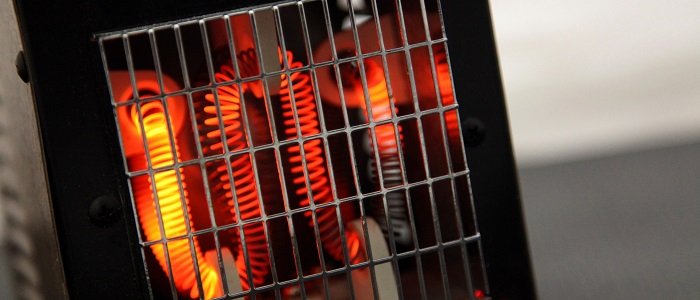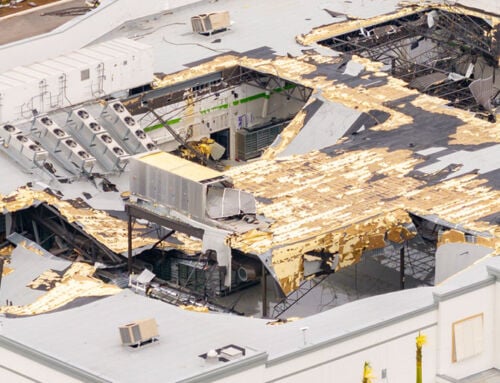Temporary heaters, such as salamander heaters or radiant heaters, are common on construction sites. Unfortunately, improperly installed heaters have been the cause of many fires and many insurance claims. This is especially true in residential construction, where temporary heaters are commonly used for specific heating tasks such as ground thawing, concrete curing, or general drying purposes.
These heaters are typically unvented and self-contained portable units, and can be either LPG propane/natural gas or liquid fuel units. The most common cause of fires because of temporary heating is lack of proper clearance when a unit is installed. Since the heat radiating from these units is extremely intense, they commonly require at least 8 feet of clearance.
Tips for using temporary heating safely
- Discuss your company’s safety procedures, including temporary heating, at your next staff safety meeting.
- Only use units on your job site that are “listed” or “approved” by a recognized testing organization.
- Temporary heaters should be used for their intended purpose only. They should be installed and operated according to the manufacturer’s instructions.
- A written operating procedure should be established based on the manufacturer’s instructions. This will ensure safe installation and operation of the unit.
- Each heater has a data plate indicating important information such as the necessary clearances to combustibles, ventilation requirements, and fuel type. You must adhere to these specifications.
- Multi-purpose fire extinguishers with a minimum of a 3A 10BC rating should be provided where temporary heaters are used.
Portable fire extinguishers
When using temporary heaters, it’s vital to have portable fire extinguishers on-site. But they aren’t worth much if you don’t know how to use them properly. Remember the PASS acronym:
- Pull the pin.
- Aim the nozzle at the base of the fire.
- Squeeze the trigger.
- Sweep the extinguisher from side to side.
Alternative solutions to temporary heating
Using an alternative solution to temporary heating may significantly reduce your risk of fire. If possible, it’s a good idea to consider using some of the following methods at your business or job site:
- Place a heater outside and away from the building. For hot air units, ductwork will be required to bring the heat into the building.
- Heating units that pipe hot water into a building and distribute the heat through various methods is another safe alternative to an open flame heater. The heater should in a safe location outside the building.
- If possible, rely on the building’s permanent heat source.
Ensure you’re covered
To learn more about how to keep your business safe, when dealing with temporary heaters and numerous other things, visit our Risk Management page today to find out how our Risk Services consultants can help you.
To learn more about our insurance offerings, visit our business insurance page. Because despite your best efforts, things could still go wrong. And the appropriate coverage can help ensure you’re protected.
This blog is provided for information only and is not a substitute for professional advice. We make no representations or warranties regarding the accuracy or completeness of the information and will not be responsible for any loss arising out of reliance on the information.







